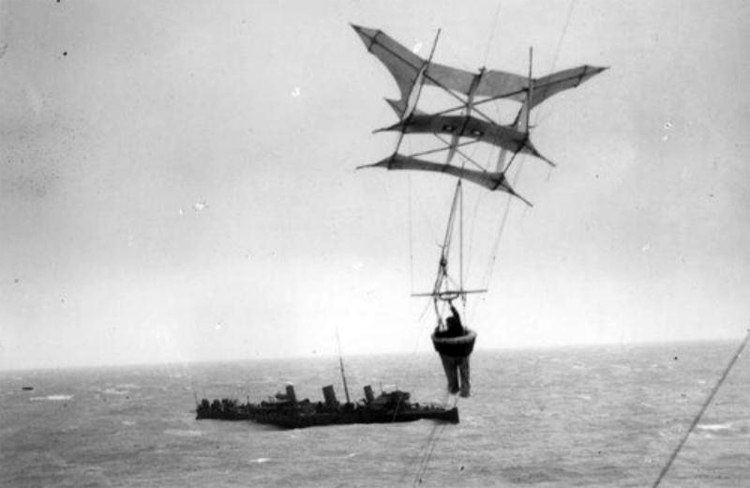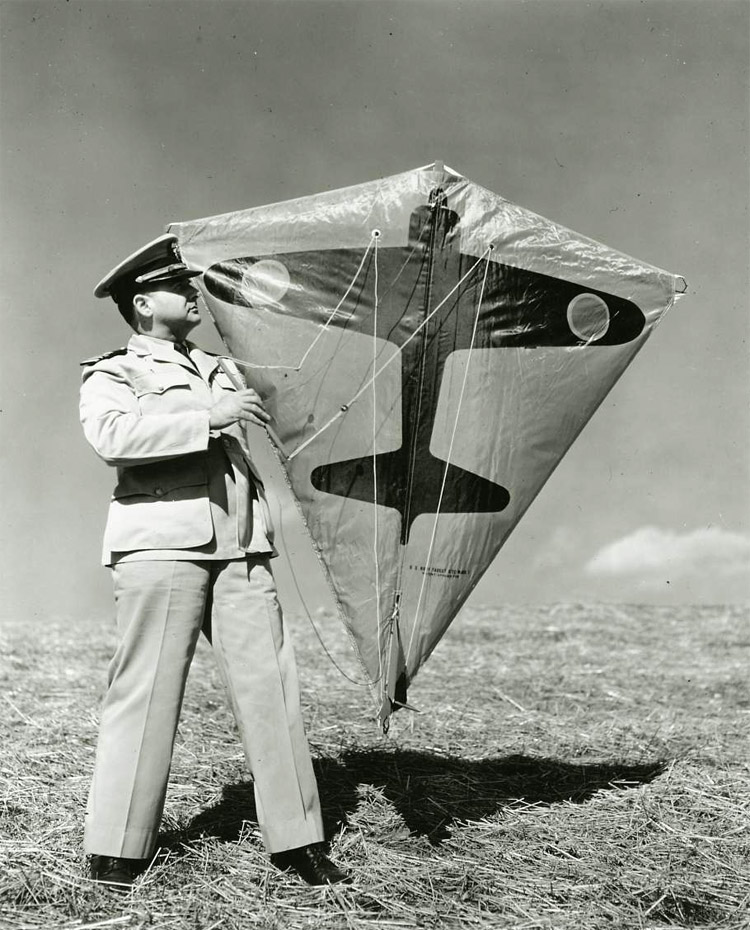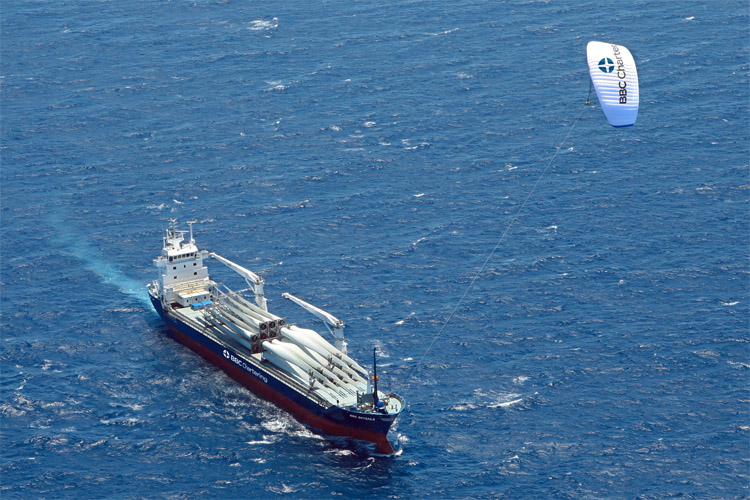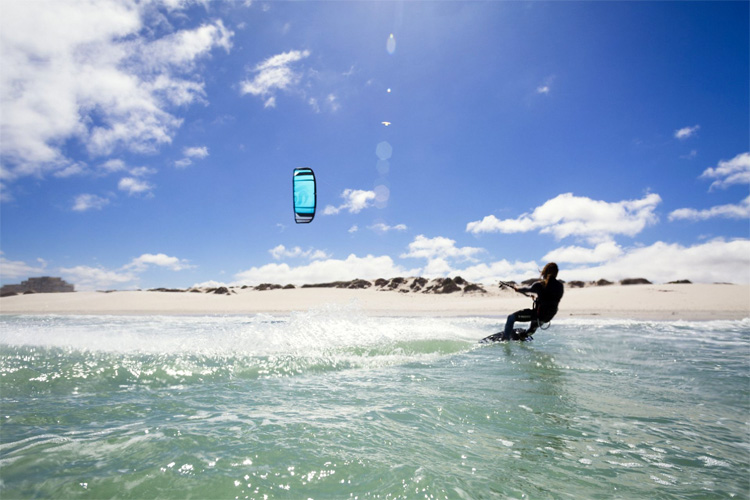Countries, empires, and civilizations with cost diseases eventually choke on their own inefficiencies.
Cost diseases did it for Rome and the Ottomans. And India during the Mogul era (allowing easy conquest by England).
And they are to blame for the "century of shame" when China became so dysfunctional that foreigners bullied them unmercifully (which China is now determined to exact revenge for).
There are various theories as to what causes cost diseases to take hold of stable countries and empires.
One cause is that state functionaries hijack the apparatus of government to get sinecures and protected status for themselves.
The Ottoman empire fell because of this, and the privileged "Nomenklatura" contributed to the USSR's fall, while entrenchment of the ruling Mandarin class in pre-modern China was the main cause of China's weakness in the 19th century.
Western democracies are arguably heading in the same direction, judging by the rise in the number and power of "public servants" with their protected employment status and pensions.
Another cause of cost disease is that the gradual accumulation of regulations mires everything in a bureaucratic bog.
But my suggestion was/is that citizens of stable countries, reacting to wealth and security, gradually lose focus on what's useful and put their energies into entertainment and play instead.
Like flying kites. At which point I thought: "whoops, I've just scored an own goal." But what is "useful"?
First, "uses" that don't make the cut:
Kiteboarding, snow kiting, and kite buggying are established popular sports, but they are "play."
Nor do kite displays at public events qualify by my definition, although they have some utility as tourist attractions.
Two and four-line demonstrations and show kite displays are the essence of major kite festivals.
But they are "entertainments" that don't add any more value to the world than the Roman Circus did - or reality TV does now. Nor does "making happiness" qualify as being useful by my reckoning.
Sure, kites do bring happiness to a lot of people (a fair amount of frustration too, as Charlie Brown will attest), but this is too touchy-feely to fit with my view of the world.
Kite use in religious ceremonies also fails this criterion, and I don't believe that there's any possibility kites were used to build the pyramids either!
But kites have undoubtedly been used for purposes other than entertainment or play.
Many of these exceptions have to do with warfare.
And while not everyone will agree that use in war qualifies as "usefulness," I'm pretty sure that those who would otherwise have been on the losing side, or lost at sea in a tiny rubber raft, are likely to.
From more than a 1,000 years ago there are accounts of kites flying at night carrying noise makers to frighten opposing soldiers.
And kites used to help judge distances when tunneling under fortifications.
And for carrying messages out from surrounded positions.
More recently, kites have been used to spread propaganda - usually of the "Your cause is hopeless, surrender now" style - either as dropped leaflets or printed on the kite and released with favorable wind.
Did Union forces use kites in this way during the American Civil War? Up until airplanes really took off, Samuel Franklin Cody and others developed kites that could lift observers for artillery spotting (land based and naval), and for general spying.


Around World War II, Paul Garber (at the Smithsonian) developed a steerable Target Kite for gunnery practice, and kites were designed for flying radio aerials from life rafts.
The "Gibson Girl" is the best known of these, but there's an intriguing variant in a UK air museum - it was launched by rocket.
Also, kites have contributed significantly to science. Most notable was the demonstration that lightning is an electrical phenomenon.
Often wrongly credited to Benjamin Franklin, the experiment was first performed by Jacques de Romas in 1753.
In the 19th and early 20th centuries, kites were used to lift instruments for atmospheric study, the best-known kite observatories being at Blue Hill in Massachusetts and Lindenberg in Germany (which still holds the outright kite altitude record at 9,740 meters set in 1919).
Kites can also be calibrated to measure wind speed at different altitudes, line tension being a reasonable proxy for wind speed at the kite.
And I've read of kites being used to collect air samples from specified altitudes for analysis. But the scientific usefulness of kites diminished as airplanes - and now drones - took over.
Using kites to generate energy attracted a lot of attention during the early 21st century.
Google startup Makani has developed functional prototype systems but is not expected to achieve commercial success anytime soon.
There has also been at least one kite-based attempt to generate electricity from ocean currents.
Peter Lynn Ltd developed underwater kites for Atlantis Energy, an Australian project.
The kites worked well, but the project foundered on getting the generated electricity to the surface from 300 meters down and then to the shore 300 kilometers away - and worries about cutting up whales.
There have also been proposals to use kites (perhaps with auxiliary propellers for wind lulls) to provide internet coverage for emergency use or specific events, but this application, too, has been taken over by drones.
Some kite traction applications are potentially useful.
Recent crossings of the Atlantic (and the Pacific?) by kitepowered adventurers are recreational, and Samuel Franklin Cody's 1903 crossing of the English Channel was publicity seeking rather than practical, but the use of kites to pull canoes between islands by the early Hawaiians qualifies as useful in my book.
The 1990s witnessed a great deal of hype over "greening" ship propulsion by turning off the dirty diesel and using kites instead.
None of these projects have yet been commercially successful - not even close - but at least two (KiteShip in San Francisco and SkySails in Hamburg) achieved "technical" success.

A difficulty is that wind is not consistent enough in strength or direction for ships propelled in this way to meet commercial schedules.
KiteShip did cause a flurry in Americas Cup sailing by creating a kite that qualified within their spinnaker rule for the 2003 challenge.
Peter Lynn Ltd then had to match this for the NZ defenders in the case it turned out to be a game breaker. Which didn't happen, although KiteShip had some success with offshore sailing applications.
Using kites to replace sails for recreational yachting does seem to be feasible, and I've applied a fair portion of my life to this end without conspicuous success.
Recreational use is "play" though so there are no brownie points in this anyway.
During the 1990s, PL Ltd participated in a study to determine whether kites could be used to move icebergs from the poles to more populated areas - for fresh water.
In another study, kites could be used to divert icebergs from oil platforms. I was keen to try dropping a finned steel pole onto an iceberg from a great height as a kite anchor.
Regrettably, these studies terminated before this could be trialed.
In the mid-19th century, kite systems were developed for rescuing passengers and crew from ships that foundered on a lee shore.
With the wind direction towards the land, these kite systems could carry people to safety.
More recently, kites are being used for a different rescue function: dismasted yachts and broken motorboats can launch a small cheap single-line kite (typically a 5 to 10 square meters parafoil or single skin) and pull themselves to some land mass (courses within 60 degrees of downwind are easily achieved).
Peter Lynn Kites Ltd has a small but enduring market selling kites for this purpose.
And another traction kiting activity that does seem to me to qualify as not trivial is ice cap journeying.
Kites are the only realistic way to travel across the frozen wastes without using air-drops or staged food and fuel dumps.
But damn, kites aren't contributing a lot just now, and future prospects don't look that promising. It seems like I may have contributed more than my fair share to civilization's decline and fall.
It's been fun, though.
Words by Peter Lynn
